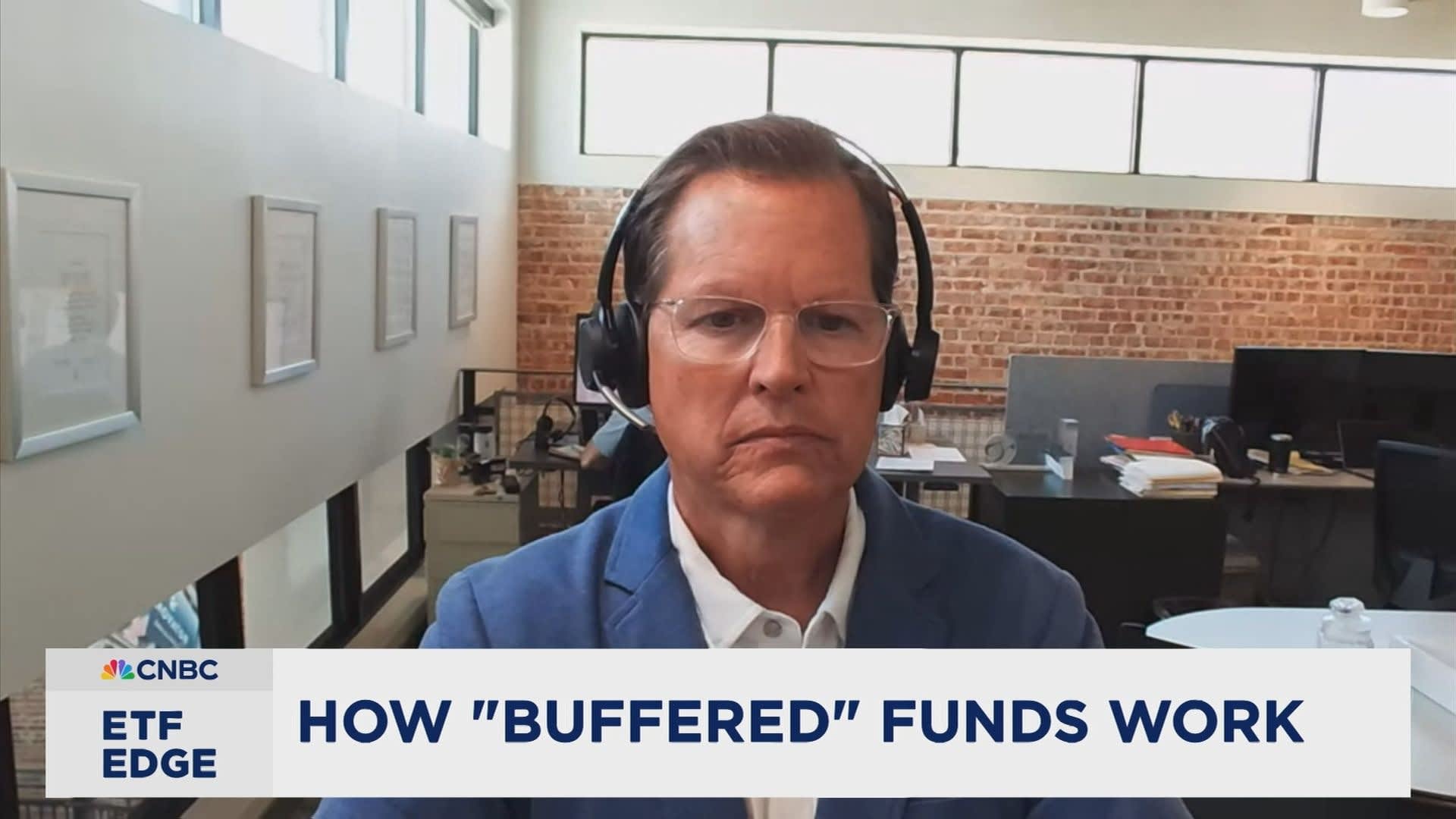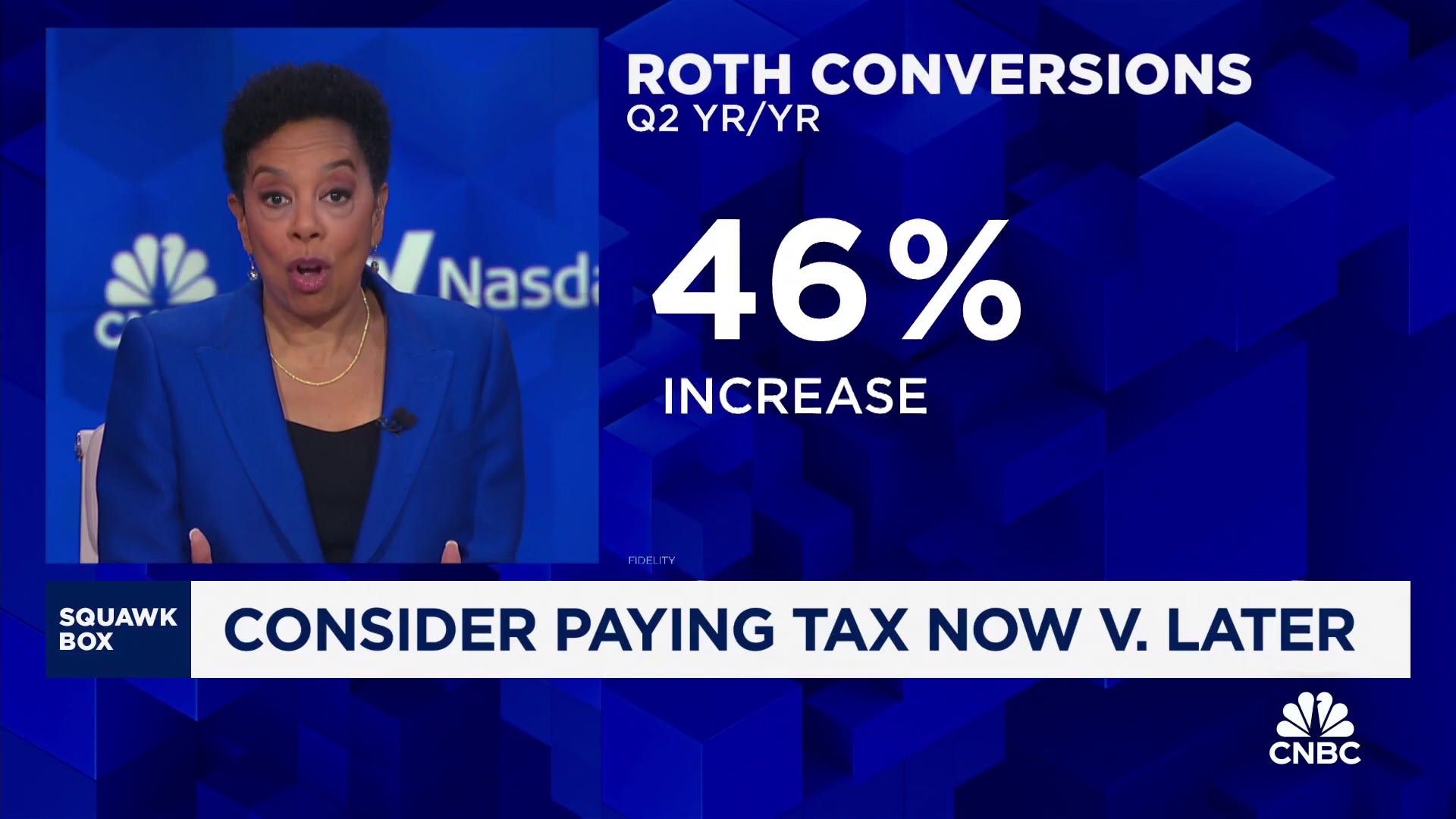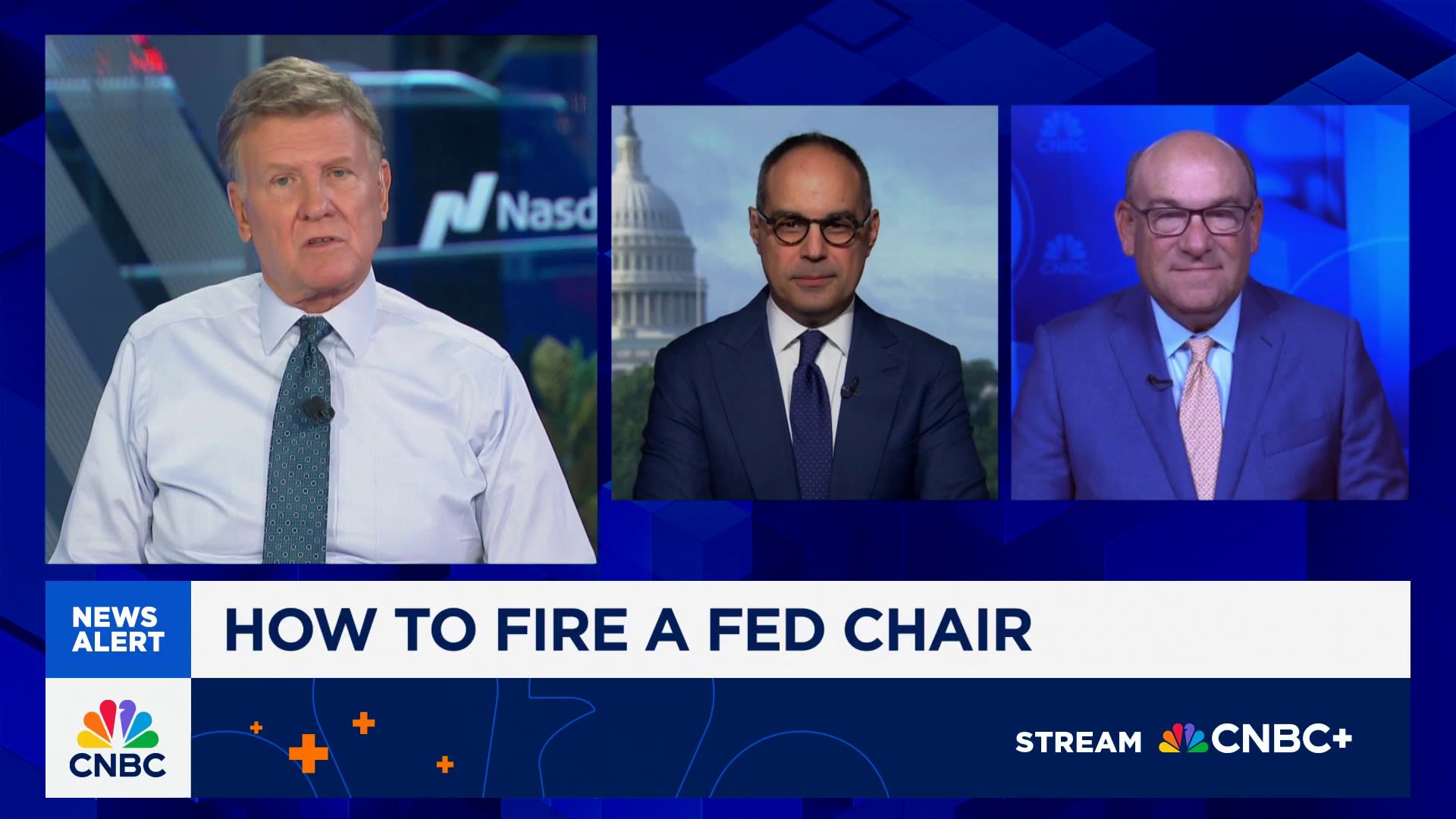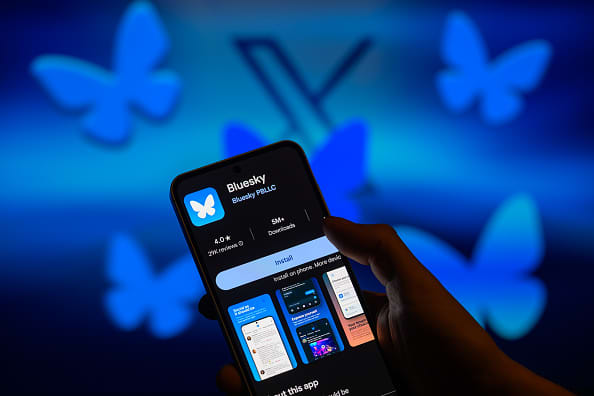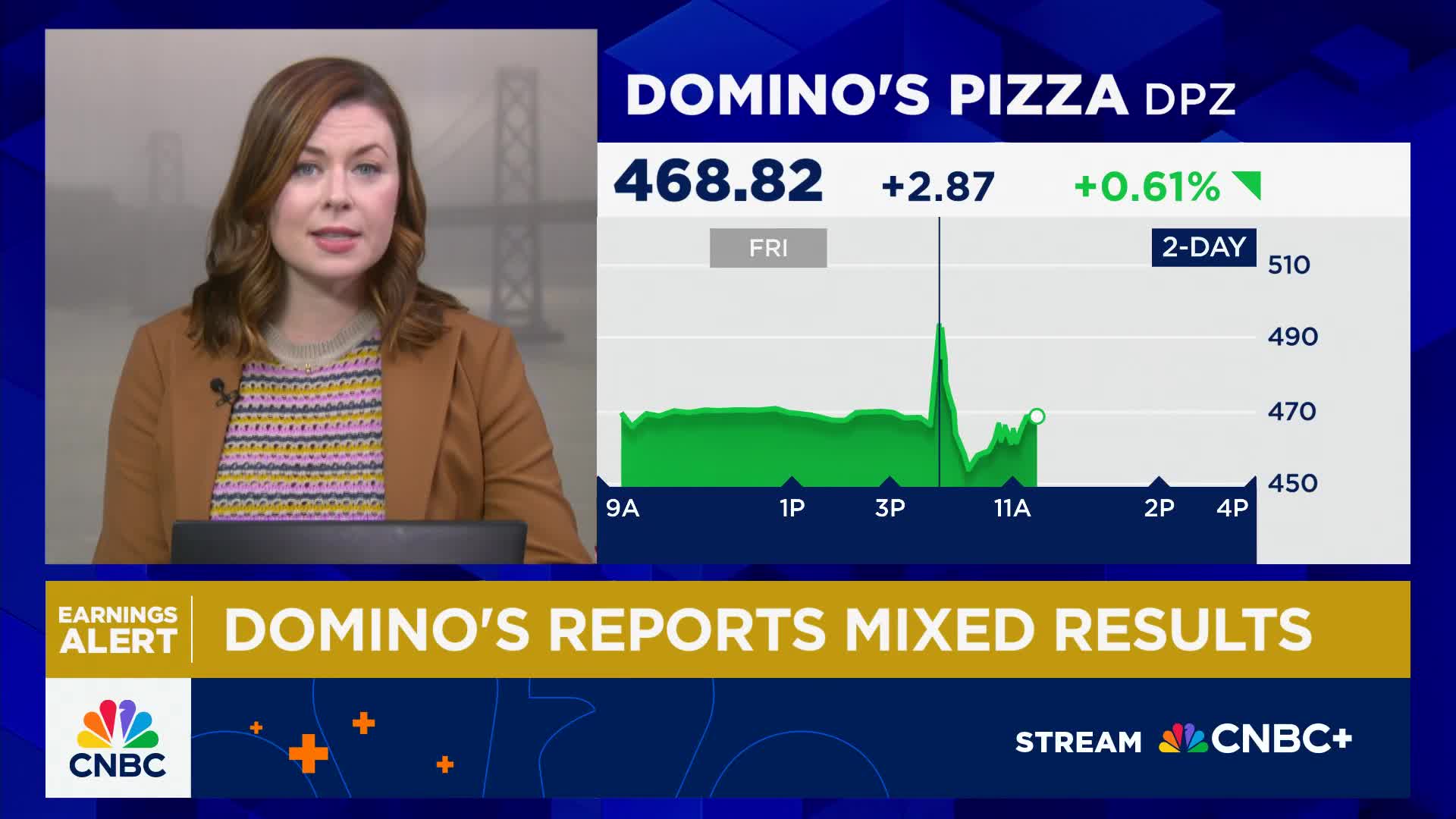U.S. Federal Reserve Chair Jerome Powell testifies before a Senate Banking, Housing and Urban Affairs Committee hearing on “The Semiannual Monetary Policy Report to the Congress,” at Capitol Hill in Washington, U.S., Feb. 11, 2025.
Craig Hudson | Reuters
The popular narrative among Federal Reserve policymakers these days is that policy is “well-positioned” to adjust to any upside or downside risks ahead. However, it might be more accurate to say that policy is stuck in position.
With an abundance of unknowns swirling through the economy and the halls of Washington, the only gear the central bank really can be in these days is neutral as it begins what could be a long wait for certainty on what’s actually ahead.
“In recent weeks, we’ve heard not only enthusiasm — particularly from banks, about possible shifts in tax and regulatory policies — but also widespread apprehension about future trade and immigration policy,” Atlanta Fed President Raphael Bostic said in a blog post. “These crosscurrents inject still more complexity into policymaking.”
Bostic’s comments came during an active week for what is known on Wall Street as “Fedspeak,” or the chatter that happens between policy meetings from Chair Jerome Powell, central bank governors and regional presidents.
Officials who have spoken frequently described policy as “well-positioned” — the language is now a staple of post-meeting statements. But increasingly, they are expressing caution about the volatility coming from President Donald Trump’s aggressive trade and economic agenda, as well as other factors that could influence policy.

“Uncertainty” is an increasingly common theme. In fact, Bostic titled his Thursday blog post “Uncertainty Calls for Caution, Humility in Policymaking.” A day earlier, the rate-setting Federal Open Market Committee released minutes from the Jan. 28-29 meeting, with a dozen references to the uncertain climate in the document.
The minutes specifically cited “elevated uncertainty regarding the scope, timing, and potential economic effects of possible changes to trade, immigration, fiscal, and regulatory policies.”
Uncertainty factors into the Fed’s decision making in two ways: the impact that it has on the employment picture, which has been relatively stable, and inflation, which has been easing but could rise again as consumers and business leaders get spooked about the impact tariffs could have on prices.
Missing the target
The Fed targets inflation at 2%, a goal that has remained elusive for going on four years.
“Right now, I see the risks of inflation staying above target as skewed to the upside,” St. Louis Fed President Alberto Musalem told reporters Thursday. “My baseline scenario is one where inflation continues to converge towards 2%, providing monetary policy remains modestly restrictive, and that will take time. I think there is a potential for inflation to remain high and activity to slow. … That’s an alternative scenario, not a baseline scenario, but I’m attentive to it.”
The operative in Musalem’s comment is that policy holds at “modestly restrictive,” which is where he considers the current level of the fed funds rate between 4.25%-4.5%. Bostic was a little less explicit on feeling the need to keep rates on hold, but emphasized that “this is no time for complacency” and noted that “additional threats to price stability may emerge.”
Chicago Federal Reserve President Austan Goolsbee, thought to be among the least hawkish FOMC members when it comes to inflation, was more measured in his assessment of tariffs and did not offer commentary in separate appearances, including one on CNBC, on where he thinks rates should go.
“If you’re just thinking about tariffs, it depends how many countries are they going to apply to, and how big are they going to be, and the more it looks like a Covid-sized shock, the more nervous you should be,” Goolsbee said.
Many risks ahead
More broadly, though, the January minutes indicated a Fed highly attuned to potential shocks and not interested in testing the waters with any further interest rate moves. The meeting summary pointedly noted that committee members want “further progress on inflation before making additional adjustments to the target range for the federal funds rate.”
There’s also more than just tariffs and inflation to worry about.
The minutes characterized the risks to financial stability as “notable,” specifically in the area of leverage and the level of long-duration debt that banks are holding.
Prominent economist Mark Zandi — not normally an alarmist — said in a panel discussion presented by the Peter G. Peterson Foundation that he worries about dangers to the $46.2 trillion U.S. bond market.
“In my view, the biggest risk is that we see a major sell off in the bond market,” said Zandi, the chief economist at Moody’s Analytics. “The bond market feels incredibly fragile to me. The plumbing is broken. The primary dealers aren’t keeping up with the amount of debt outstanding.”
“There’s just so many things coming together that I think there’s a very significant threat that at some point over the next 12 months, we see a major sell-off in the bond market,” he added.
In this climate, he said, there’s scant chance for the Fed to cut rates — though markets are pricing in the potential for a half percentage point in reductions by the end of the year.
That’s wishful thinking considering tariffs and other intangibles hanging over the Fed’s head, Zandi said.
“I just don’t see the Fed cutting interest rates here until you get a better feel about inflation coming back to target,” he said. “The economy came into 2025 in a pretty good spot. Feels like it’s performing well. Should be able to weather a lot of storms. But it feels like there’s a lot of storms coming.”


